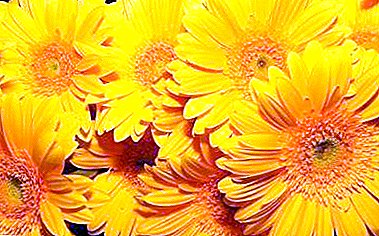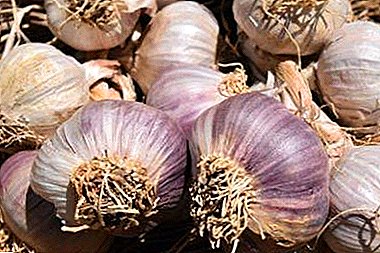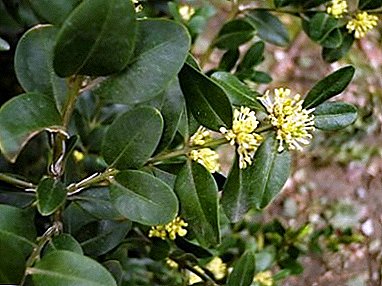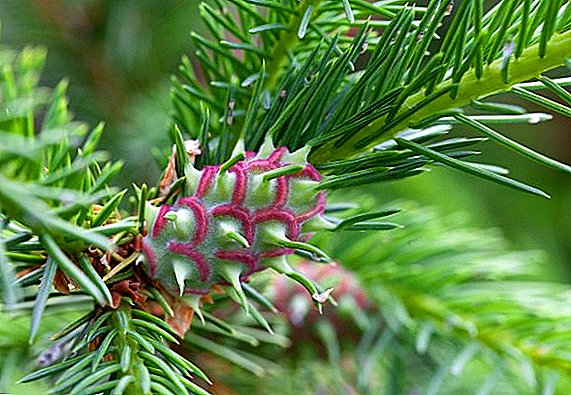
Gerbera or Tranvaal chamomile - a perennial ornamental plant of the Aster family. Grown in the garden most often for cutting. However, it can be grown as a garden, and even as a houseplant.
Today, there are many varieties and types of gerberas, among them there are quite compact plants that can fit in a pot on a windowsill. The variety of colors in such gerbers is amazing because of their huge variety. How to grow a flower at home? Learn about this and much more from our article.
When is it better to plant?
Gerbers can be propagated in several different ways: by seed, cutting, or dividing a bush. (about how to propagate a gerbera at home, read here, and learn how to grow a gerbera from seed, find out here). Regardless of how the seedling was obtained, it is best to plant it in the pot at the very beginning of spring. It is at this time that the period of active growth and blooming of the gerbera falls.
If the gerbera got into the house already in the pot, you should not immediately replace it. It is necessary to give her time to adapt to the conditions of the new dwelling, otherwise the plant will die. Usually acclimatization takes about 14 days.
Understand whether the plant is ready to transplant, it is possible by its appearance. If the leaves livened up and the flower began to look better, then the acclimatization process was successful. Now the plant can be transplanted to a permanent place (how and when to transplant a gerbera after purchase?).
Preparation: primer and pot
 First of all, when planting a gerbera, you need to prepare a pot where it will grow. It is better to opt for pottery. Due to its porous structure, it passes air well to the roots and will not allow them to rot.
First of all, when planting a gerbera, you need to prepare a pot where it will grow. It is better to opt for pottery. Due to its porous structure, it passes air well to the roots and will not allow them to rot.
If the pot is made of a different material, it is necessary to ensure good drainage. It is recommended to pour boiling water over the pot before planting.. This will eliminate the presence of harmful bacteria.
Soil for gerbera is slightly acidic. You can cook it yourself by mixing sheet and peat soil and sand in a ratio of 2: 1: 1. You can also add a little pine bark to the mix.
If the opportunity to prepare the soil itself is not available, you can buy ready. Best of all ready-made mixes for gerbera is a primer for roses.
Detailed instructions on how to plant a plant at home
When the pot is selected and the soil is prepared, you can begin planting:
- It is necessary to handle the root system with particular care. Earthen room, located directly on the roots, do not need to clean. The rest of the land can be removed.
- At the bottom of the selected pot pour drainage. For this is suitable claydite or small pebbles. If the drainage is not purchased in a specialty store, it is also better to disinfect it.
- Place the gerbera roots in a new pot and sprinkle around the ground.
- Carefully water the flower.
Important! You can not deeply deepen the roots when planting. This can lead to the appearance of fungal diseases (how to recognize and treat room gerbera diseases?). It is also impossible to allow the earth to fall on the rosette of leaves. A couple of weeks after planting, you can start feeding gerberas.
A photo
Next you can see the photos of the plant.





How to care?
For a comfortable gerbera in a pot, you need to provide this care and conditions:
- Lighting. Gerbera loves diffused soft light. Being in direct sunlight is extremely undesirable for her. For a room gerbera, it is best to choose a position on the western or eastern window or next to the window sill. If the pot is on the southern window-sill, at noon it is better to priten it so that the leaves do not get sunburn.
- Watering. Gerbera does not tolerate drought. The soil must be constantly wet. However, flooding the plant is highly undesirable. Proper watering can be achieved in two ways. First, you can water the gerbera around the edge of the pot to avoid water getting on the flower rosette. Secondly, you can water the plant in the pan, but after a while the water that the plant has not absorbed, must be drained. If you do not follow these rules, the roots of the plant may rot.
- Air humidity. Gerbera likes spraying, but it is extremely important to prevent water from entering the flowers. Spray should be very fine and only greens can be sprayed. It is also impossible to prevent water droplets from entering the flower outlet.
- Temperature. Optimum temperature for gerbera: 16-24 0C in flowering period, 12-14 0From the rest period.
- Top dressing. Gerbera needs fertilizing in the spring 2 times a month and in the summer 3 times a month. Organic fertilizers for this plant categorically do not fit. Gerbera responds best to mineral supplements.
The room gerbera does not need any pruning. It is only necessary to remove flower stalks as soon as they fade, as they inhibit growth. You do not need to cut them off; you can simply break them off with your hands to the very root.
Until the end of August, the gerbera is gaining a green mass, after which it blooms. Flowering usually lasts until the end of September. In order for the plant to flourish every year, you need to make it rest from November to February. At this time, the flower should be removed in a cool place and reduce watering and feeding to a minimum. At this time, the flower is gaining strength for flowering next season. You can return the plant to normal mode in March.
With such an annual rhythm, the gerbera will live up to 4 years, after which it can be rejuvenated. If you do not arrange her rest period after flowering, she will live much less.
- What are the rules for growing and breeding orange gerberas?
- Why do leaves of the room gerbera turn yellow and how can it be cured?
- Why indoor gerberas do not bloom? Terms of care.
In the video, you will learn more about the intricacies of gerbera care:
Gerbera is not the most unpretentious flower. To grow it you need to know and follow all the rules for the care of the flower. However, it fully pays for a beautiful bloom. If you treat the gerbera cultivation with full responsibility, she will definitely respond with beautiful flowers of all shades of yellow and red.












